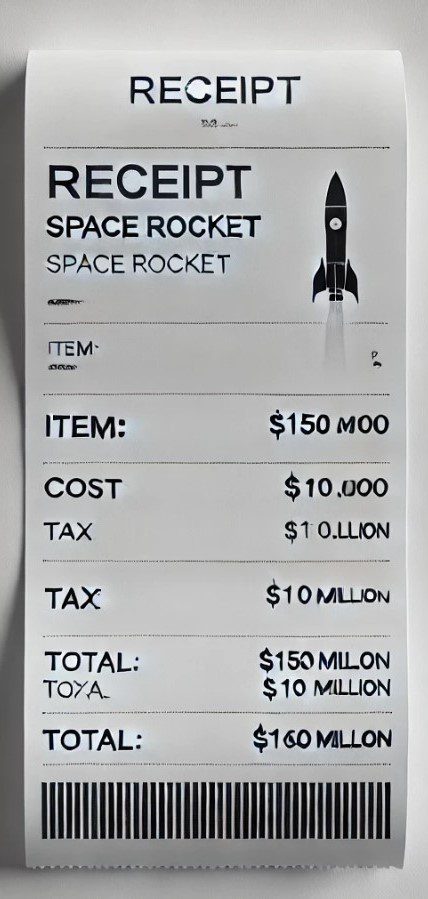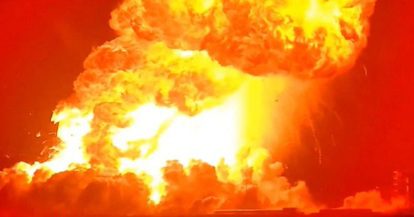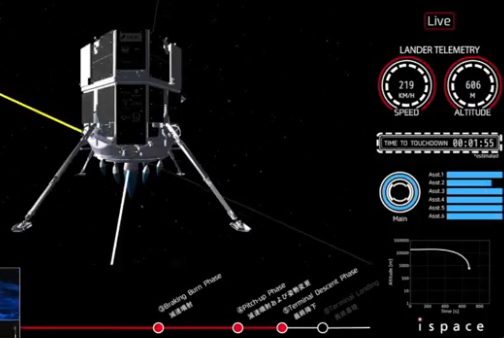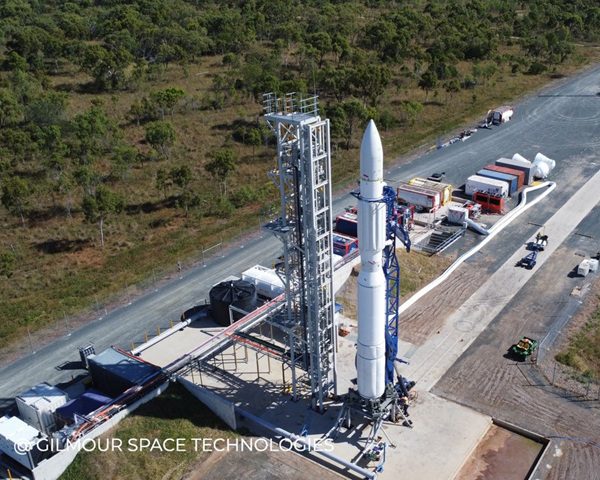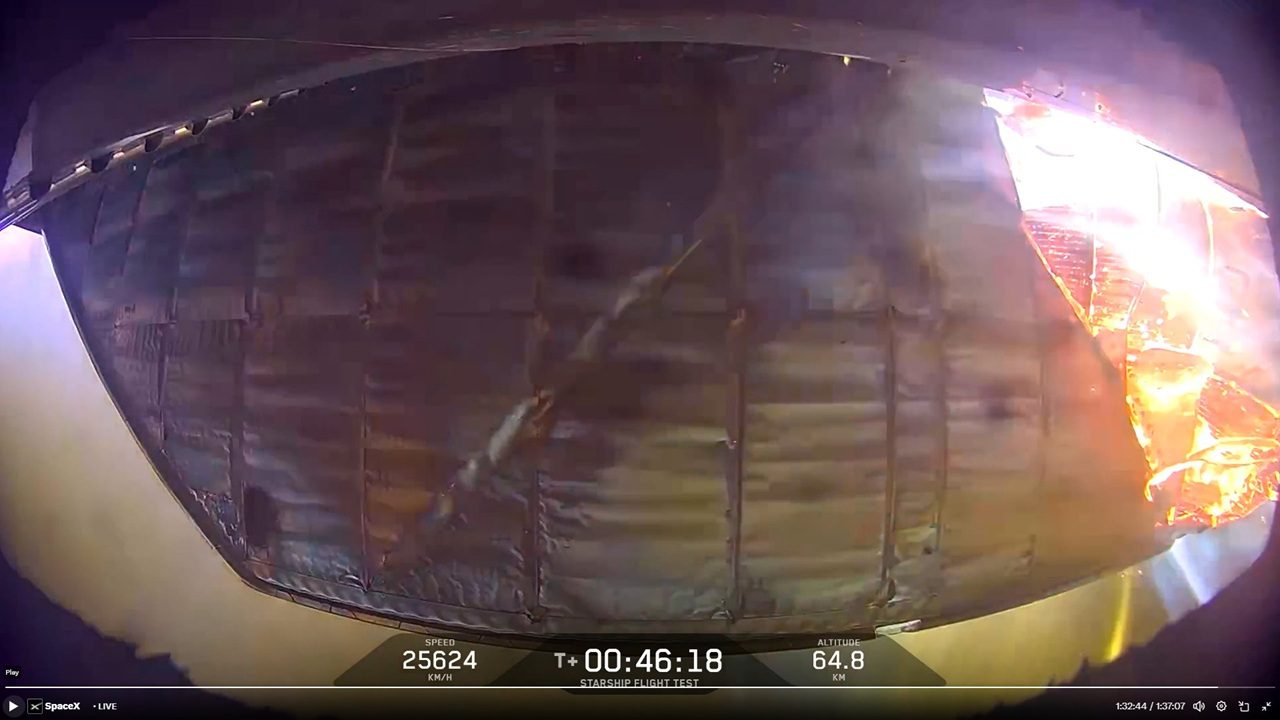The European Space Agency’s next big
science mission – an attempt to unlock the secrets of the so-called “dark
matter” invisible to normal telescopes but and its sister mystery, “dark energy”,
which may hold the key to the Universe’s apparently accelerating expansion – has
entered its full industrial phase, with the selection of Thales Alenia Space as
prime contractor.
Euclid will be launched in 2020,
carrying its Astrium Toulouse-built payload of a visible-light camera and
near-infrared camera/spectrometer, which together will map the 3D distribution
of up to two billion galaxies spread over more than a third of the whole sky.
As ESA describes the six-year mission,
light from the most distant galaxies streaming towards Earth is slightly bent
by gravity as it interacts with matter along the way. This is dominated by dark
matter, whether associated with galaxies and galaxy clusters, or in isolation.
Thus, by measuring distortions in the shapes of those background galaxies,
astronomers can construct a 3D map of the dark matter in the Universe.
Furthermore, by assessing how the
distribution of galaxies and galaxy clusters has changed over cosmic time,
scientists can infer the role and evolution of dark energy from the dawn of the
Universe until today.
The results, says ESA, “will help to
answer one of the most important questions in modern cosmology: why is the
Universe expanding at an accelerating rate today, rather than slowing down due
to the gravitational attraction of all the matter in it?” By charting the
expanding Universe from the Big Bang to the present day, Euclid will also test
theories for the fate of the Universe; many physicists today have tentatively
concluded that the Universe will not end in a Big Crunch, but better data
should help to resolve the matter.
Critical to Euclid’s purpose are extremely
high quality images and an extremely stable platform for pointing its
telescope. Says ESA’s Euclid Project Scientist René Laureijs: “Euclid will be
able to hold its sight on these galaxies with an accuracy and stability
equivalent to aiming a handheld laser pointer at a €1 coin 200 km away.”
Euclid will follow ESA’s five-year
Gaia mission, set for launch on 25 October this year and commissioning in about
February 2014, which will take a multi-spectral scan of the sky to map the
location, motion, composition and brightness of 1 billion stars in our Milky
Way galaxy. The resulting Gaia star catalogue will be the most extensive, and
accurate, ever compiled.
Gaia represents a scientific and
engineering landmark in the sensitivity of its instruments and the volume of
data it will return. However, at a recent briefing at Astrium Toulouse on the
eve of Gaia’s packing for shipment to Kourou for launch, ESA’s director of
science and robotic exploration Alvaro Giménez could not hide his excitement
about Euclid, calling it the “dream of cosmologists”.
On confirming Thales Alenia Space as
Euclid prime contractor, Giménez said: “We are a step closer to revealing the
darkest secrets of the Universe.”
Like Gaia – and ESA’s Planck cosmic
radiation scanner and now-retired Herschel telescope before it, and the NASA-ESA
James Web Space Telescope due for launch in 2018 – Euclid’s Soyuz launch from
Kourou will be followed by a one-month journey to the Lagrangian 2 point, some
150 million km outside of Earth’s orbit. L2 – a cube some 200,000km on a side –
is a point where the gravitational pull of the Sun, Earth and Moon balance,
leaving any object placed there to orbit in synch with Earth.
There are five Lagrangian points, but
L2 is especially useful for hosting instruments which rely on stable
conditions. The gravitational balance there results in a need for very little
station-keeping propulsion, and delicate instruments can more easily be kept
cold as a spacecraft needs a sunshield on only one side. For Gaia, the
temperature on the Sun side of its 10m shield will be 70°C, yet the instruments
on the deep space side can held at an extremely stable temperature of less than
-100°C.
More than 1000 scientists from over
100 institutes form the Euclid Consortium building the instruments and
participating in the scientific harvest of the mission. The consortium
comprises scientists from 13 European countries: Austria, Denmark, France,
Finland, Germany, Italy, the Netherlands, Norway, Portugal, Romania, Spain,
Switzerland, and the UK. It also includes a number of US scientists, including
40 nominated by NASA.

